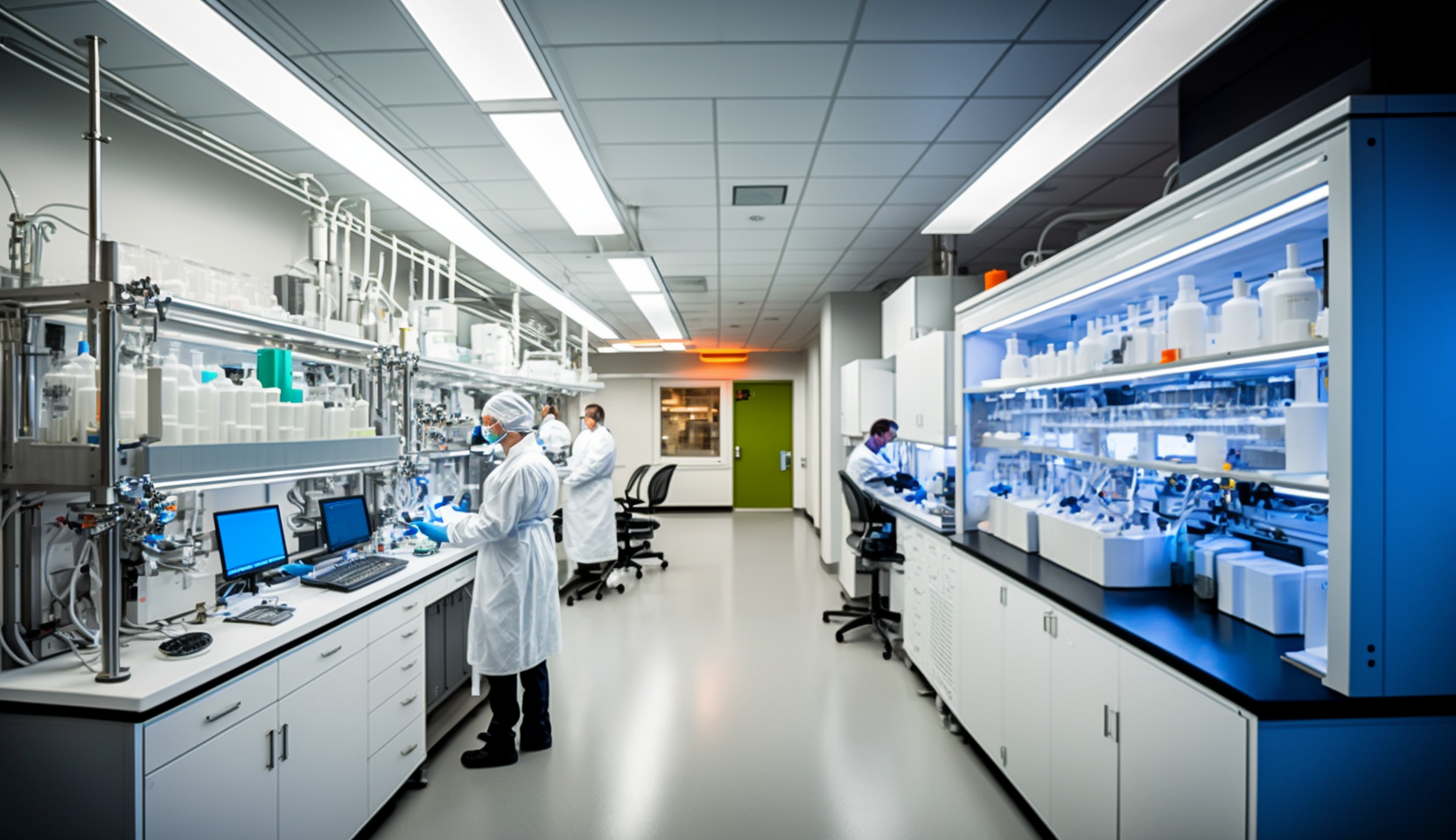Ergonomics is the study of how humans interact with their environment, including the tools, equipment, and spaces they use. In a laboratory, ergonomics is critical to the safety, comfort, and productivity of workers. In fact, both workers and employers stand to benefit from measures taken to improve lab ergonomics.
Improves Health and Safety
Laboratory work often involves complex equipment and hazardous materials. On top of that, it tends to require workers to spend prolonged periods standing, sitting, or performing repetitive movements. Failure to provide a safe and ergonomic work environment can lead to work-related musculoskeletal disorders (WMSDs), which are injuries or illnesses affecting the muscles, bones, and joints caused by repeated exposure to awkward postures, forceful movements, and vibration.
According to the Occupational Safety and Health Administration (OSHA), WMSDs account for over 30% of the cost of all workplace injuries and illnesses. The direct costs of treating them amount to billions of dollars annually. In a lab setting, where precision and accuracy are critical, WMSDs can not only cause physical pain and discomfort but also compromise the quality of work and accuracy of results.
Ergonomic interventions such as workstation design, equipment modification, and job rotation can help prevent WMSDs and promote a safe work environment. Layering multiple types of ergonomic interventions can provide the most benefit.
- Adjusting the height of work surfaces, chairs, and monitors can reduce neck and back strain.
- Using ergonomic tools and equipment like pipettes and keyboards can minimize hand and wrist injuries.
- Job rotation, which involves alternating between different tasks or activities, can help prevent overuse injuries and promote rest and recovery.
Ensures Accuracy
Inaccurate measurements and results can also be costly in a laboratory setting, in many ways. Ergonomics can help ensure that workers are positioned properly and have the tools they need to complete tasks accurately and efficiently.
Enhances Productivity and Performance
The physical demands of lab work, with long periods of standing, bending, and reaching, can result in fatigue and discomfort. Ergonomics can reduce those effects, allowing workers to remain focused and alert. By optimizing the layout and design of the laboratory, workers can move more efficiently and complete tasks more quickly.
Research has shown that ergonomic interventions can lead to significant improvements in job satisfaction, motivation, and performance. One study by the American Society of Interior Designers Foundation, workers reported a 65% increase in productivity when they had the opportunity to use a height adjustable workstation. By providing a comfortable and supportive work environment, workers are more likely to remain engaged, focused, and alert, leading to higher productivity and quality of work. Furthermore, ergonomic interventions can reduce fatigue and stress, which are major contributors to reduced performance and increased errors.
One of the most effective ways to improve performance and productivity is by incorporating ergonomic design, and then support it by implementing ergonomic training and education programs. Training provides workers with the knowledge and skills to identify and prevent ergonomic risk factors, such as awkward postures, repetitive motions, and improper lifting techniques. By empowering workers to take an active role in promoting their own safety and health, organizations can foster a culture of safety and improve overall performance.
Tips for Improving Ergonomics in a Laboratory Setting
To achieve proper ergonomics in a laboratory setting, consider the following tips:
- Ensure that work surfaces and equipment are at the appropriate height and distance for workers. This can include ergonomic lab workstations that are height adjustable.
- Provide chairs and stools that are adjustable and comfortable.
- Use anti-fatigue mats to reduce strain on feet and legs.
- Encourage workers to take regular breaks to stretch and move around.
- Provide training on proper lifting techniques and body mechanics.
- Incorporate ergonomics into the design and layout of the laboratory.
Ergonomics plays a crucial role in the safety, comfort, and productivity of workers in a laboratory setting. By investing in proper ergonomics, lab managers can improve worker morale, reduce injuries and illnesses, and increase productivity and accuracy.







